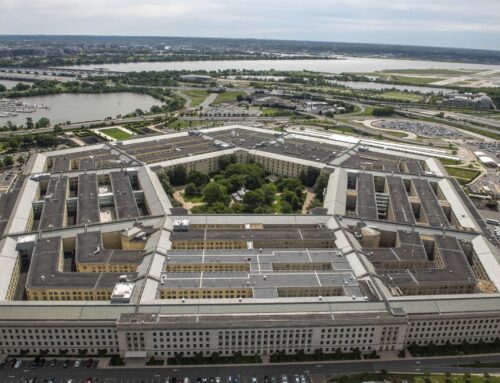Over the last 18 years, the V-22 Osprey has survived skyrocketing costs, three crashes and ongoing questions about the aircraft's maintenance needs. However, a recent scandal over false information about its performance record threatens to eliminate the program.
Defense officials have distorted the Osprey's performance record and reduced crucial testing for the program, according to a recent report by the General Accounting Office (GAO).
The GAO report found that Navy and Marine Corps officials “deleted, deferred or simulated” vital developmental testing in order to “meet program cost and schedule pressures.” Operational testing was also limited, providing little information about how the aircraft functions under realistic operating conditions.
The report comes on the heels of two V-22 Osprey crashes last year, which together killed 23 Marines.
Taxpayers have already sunk $12 billion dollars into the development of the V-22, which costs $83 million apiece to build. Total costs of the program could exceed $38 billion.
The aircraft, which takes off like a helicopter and flies like a plane, has been the target of repeated efforts to trim the defense budget. As Defense Secretary, Vice President Dick Cheney attempted to kill the V-22 three times, only to have Congressional supporters resurrect it.
The Pentagon's Inspector General (IG) warned of 22 potentially serious deficiencies with the aircraft in August 2000. The IG accused the military of accepting a “higher level of risk to get the program into production, despite uncertainties that the system would work as intended, rather than risk losing the funding.”
Philip Coyle, Director of Operational Testing and Evaluation at the Pentagon, found the V-22 had deficiencies that “impose an unacceptable burden – cost, manpower, mission reliability and operational availability – on the fleet.”
Despite such warnings, the program has enjoyed significant Congressional support. Production for the Osprey by Bell Helicopter and Boeing spans 43 states. The principal states involved in building the Osprey are Texas and Pennsylvania, home to numerous Members of Congress who sit on Armed Services and defense appropriations committees.
The Marines do need to replace aging Vietnam-era helicopters to transport troops and equipment, as V-22 proponents claim. But the technology behind the Osprey remains unproven.
American taxpayers should not have to pay for an inadequately tested aircraft that may well be dangerous to men and women in uniform who are told to fly it.










